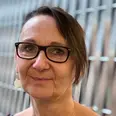Physical Activity, Cancer Prevention and Survivorship
- Epidemiology, Public Health, Prevention and Survivorship
- NCT

Prof. Dr. Karen Steindorf
Division head
Our multidisciplinary team conducts innovative research on cancer prevention, including the importance of exercise, but also on improving the quality of life of cancer patients.
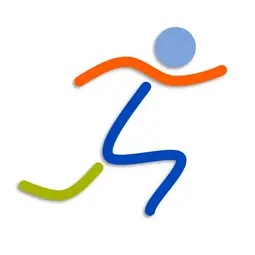
Our Research
The Division of Physical Activity, Cancer Prevention and Survivorship investigates the protective effects of physical activity and exercise on cancer risk (primary prevention) as well as on oncologic treatment and cancer prognosis (tertiary prevention). For years, the Division has continuously contributed with high-quality and innovative observational and interventional studies to the growing evidence that physical activity is a prime factor to decrease the risk of several cancers and that exercise improves the quality of life of cancer patients, reduces therapy- and cancer-related side effects, and, probably, also the risk of recurrence and cancer mortality.
The Division also performs cancer survivorship research on the prevention and treatment of quality-of-life-related outcomes such as fatigue, sleep problems, cognitive problems, and depressive symptoms on a beyond-exercise perspective. The population of cancer survivors is large and further growing so that quality of life and reintegration into social and professional life are of high importance. The understanding, screening and management of those outcomes are still largely in their infancy so that more differentiated research on patterns, pathophysiology, and intervention effects is promising and important.
Thus, the overall goals of the Division is to increase the scientific evidence and general knowledge about the relevance of physical activity and exercise for the general population; in cancer survivorship, the Division aims for contributing to a better, evidence-based and individually-tailored prevention and standard care of some of the most burdensome symptoms for cancer patients.
Major Research Fields
Our interdisciplinary research is based on observational epidemiological studies, randomized clinical trials with cancer patients as well as large-scale surveys.
Our research focus lies on:
- Clinical studies to investigate the effects of exercise interventions in cancer patients
- Research on patterns, pathophysiology, and treatment of selected burdensome quality of life-related outcomes
- Epidemiologic research on physical activity and exercise in primary prevention for various cancer sites, also as part of the German National Cohort study (GNC)
- Develop and evaluate novel assessment tools for the studied exposures and outcomes
- Dissemination and promotion of physical activity and, for cancer patients, other effective supportive therapies towards standard care
An overview of the studies and their classification into our research areas are shown in the following figure.
Further details on the studies are provided after the figure.
Current research projects with ongoing data assessment
Projects with completed data assessment but ongoing research activities
Recently projects
Current Press Releases
Further informations
Team
- Show profile

Prof. Dr. Karen Steindorf
Division head
-

Patricia Blickle
-

Mira Brost
-
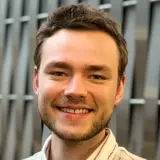
Julian Brummer
-

Dr. Dorothea Clauss
-
Juliane Henrich
-

Dr. Florian Herbolsheimer
-

Sabine Holzmeier
-

Mona Illmann
-
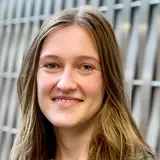
Alina Kias
-

Qiqi Lei
-
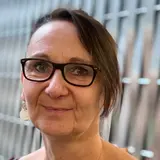
Anke Mahler
-

Duc Truong Nguyen
-
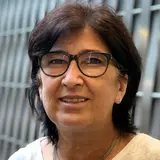
Bettina Rhein
-

Dr. Martina Schmidt
Selected publications
Hiensch AE*, Depenbusch J*, Schmidt ME, … Steindorf K & May AM
* equal contribution
Herbolsheimer F, Peters A, Wagner S, … Steindorf K
Schmidt M, Maurer T, Behrens S, Seibold P, Obi N, Chang-Claude J, Steindorf K
Get in touch with us

Prof. Dr. Karen Steindorf
Division headPostal address:
